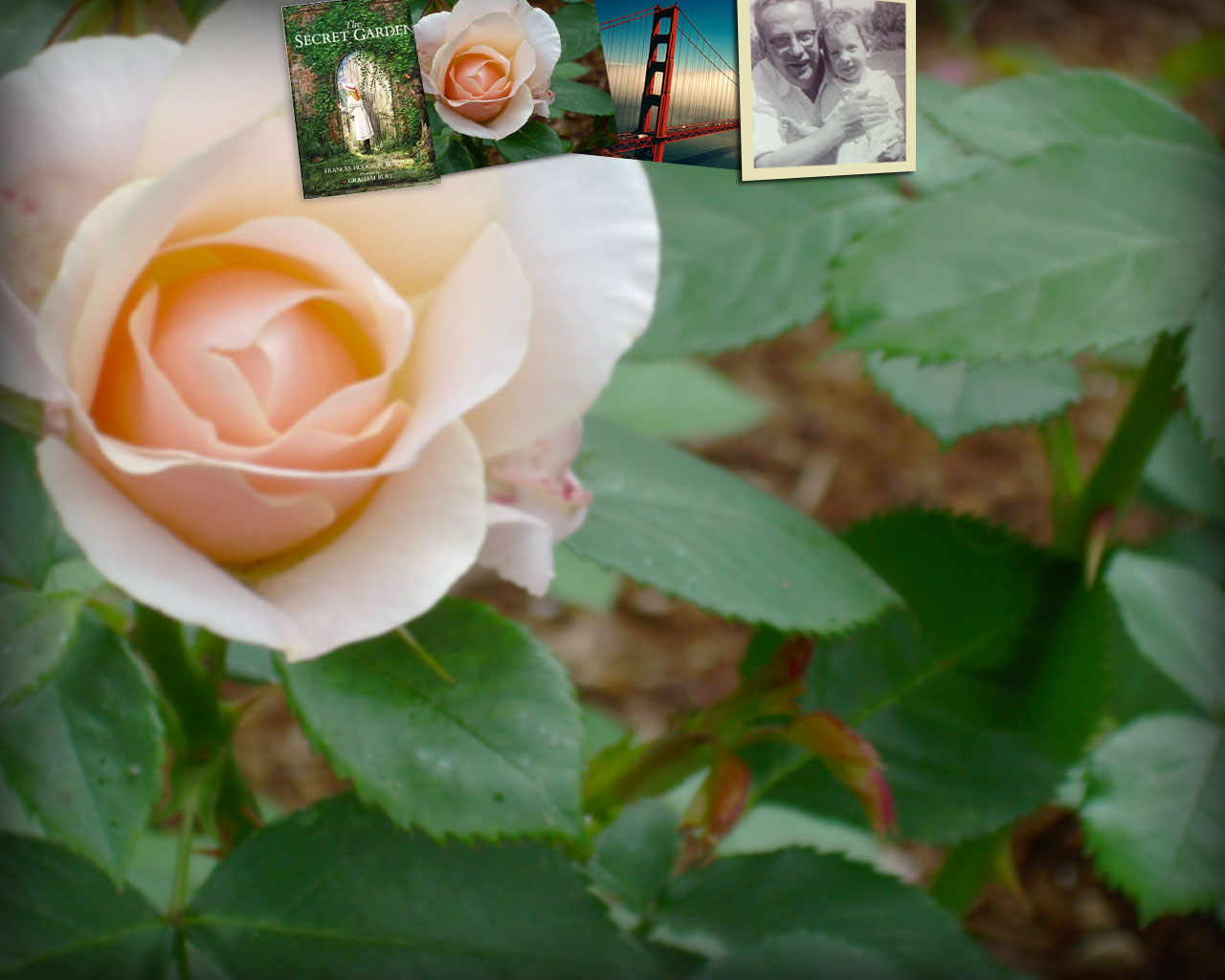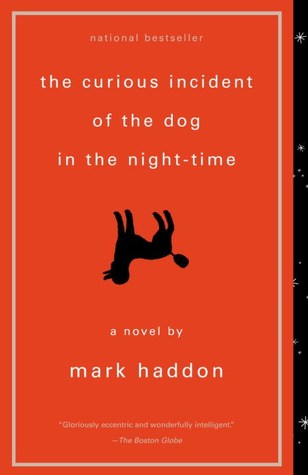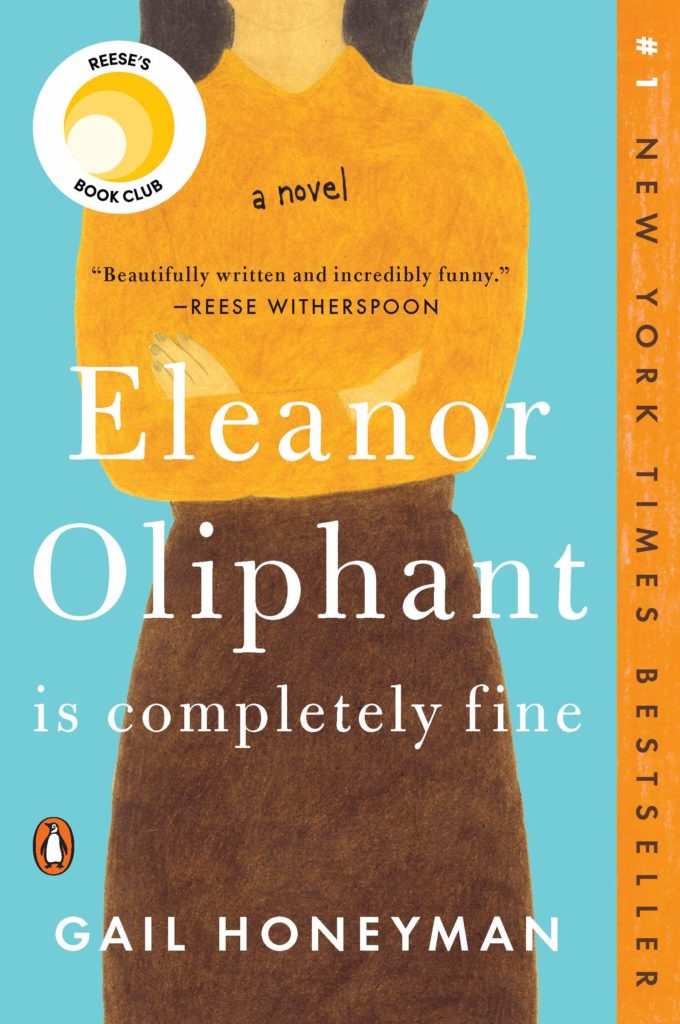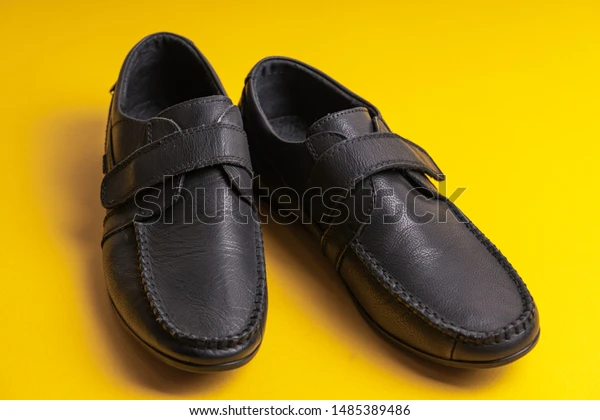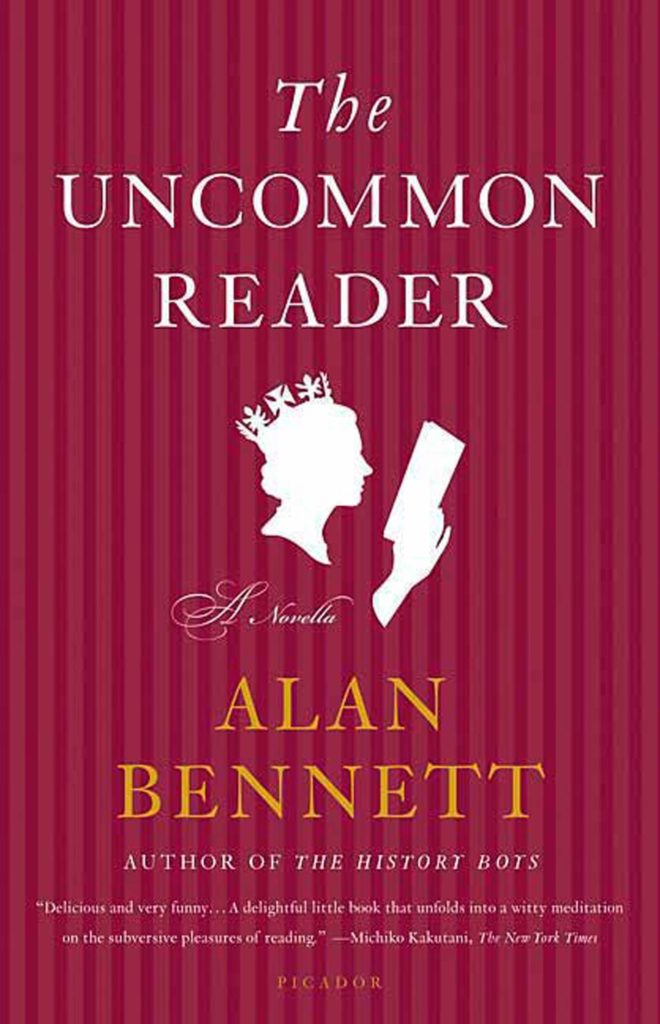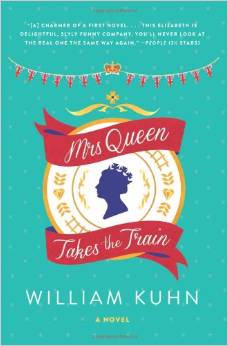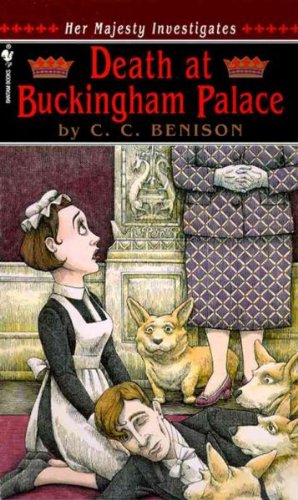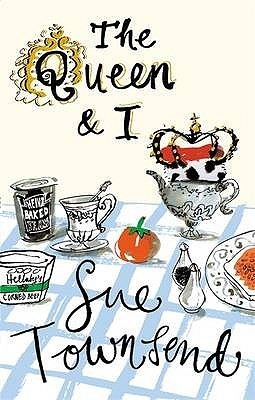After Life
Not at all surprisingly, After Life – a Netflix original series – won the National Television Award for Best Comedy
After Life was written, directed, and stars Ricky Gervais. Now I know he is an actor who many love, but I have to admit, I was not a real fan, having never really gotten into The Office (either the UK version or the US one). However, I fell hard and head-long into After Life.
Ricky Gervais plays Tony, a newspaper writer, who has just suffered the loss of his wife from cancer, a soul-crushing tragedy for anyone to endure. However, Tony does not reach out for help or accept any caring. Instead he becomes depressed, misanthropic, and bitter.
If you’re looking for a hero, Tony isn’t it. He’s often mean, a bit prejudiced, arrogant, and he thinks he’s right about everything — the self-absorbed master of his own universe. And the show uses Ricky Gervais’s standard rude, offensive and unapologetic humor.
I can hear you asking, really Book Barmy? This show sounds dreadful – but trust me, it’s absolutely not.
After Life incredibly relatable, dark, yet most of all — beautiful. The show is peppered with silly, realistic day-to-day moments that will make you sadly smile. Living with grief is hard, but this series shows such a struggling man with humorous compassion which had me binge watching all three seasons.
There’s a wacky cast of characters, the postman who is victim to Ricky’s Tony’s sarcastic barbs and assorted, weird but lovable, friends and co-workers. The wonderful Penelope Wilton plays Anne, the widow Tony befriends at the cemetery where both their spouses are buried. It’s a delight to see her on their meeting bench, talking to her dead husband and offering advice to Tony when he can’t quite see past himself. We all need a friend outside our own worlds to lean on, and Anne gives Tony exactly that, quietly understanding things that no one else can.
After Life is mix of beauty, sadness, and laughs, but at the same time, it’s true and heart breaking. Brilliantly, its tough topics are handled with a sort of sarcastic humor that keeps the audience’s head above water, without sugar-coating the depths of Tony’s grief. And yet, the powerful ending, when Tony reaches the realization that life is brief and fragile, but worth having a good go at – if you’re like me, you will only have happy tears
Here’s one of my favorite clips. Tony has been assigned to visit and report on children in a cancer ward with his sidekick photographer, Lenny.
CLIP HERE
Warnings: There is profanity and some offensive humor. Also, Tony seriously considers suicide, but in the end there is always a reason to carry on, even it it’s just to feed the dog.
The Curious Incident of the Dog in the Night-time
After reading Eleanor Oliphant, I was reminded of this favorite read by Mark Haddon. If I remember correctly, I read it in two nights and, like Eleanor, this novel is told in the first person by Christopher, a high functioning autistic teen in Britain. (actually its called Asperger’s Syndrome or high-functioning autism).
The book starts on the night that Christopher finds the neighborhood dog, Wellington, dead on Mrs. Shears front lawn, an event that he is later blamed and questioned about. He determines that he has to find out who murdered Wellington and the life that he thought he knew and was comfortable with swiftly begins to unravel.
Christopher has been protected and raised by his calming father following his mother’s apparent death, but he will now be pushed out of his comfort zone, and onto an seemingly impossible journey. He rides buses, ventures into crowded places, all while unabashedly always telling the truth.
People say that you always have to tell the truth. But they do not mean this because you are not allowed to tell old people that they are old and you are not allowed to tell people if they smell funny or if a grown-up has made a fart. And you are not allowed to say, “I don’t like you,” unless that person has been horrible to you.
You’ll chuckle as Christopher tries to solve the murder of Wellington. His favorite detective is Sherlock Holmes so he knows the difference between a real clue and a red herring. He uses his superior skills of analysis to matter-of-factually investigate the crime, while he vividly describes how he goes about the world and the level of detail that he observes. One of my favorite and most memorial moment is when Christopher explains how seeing five red cars equals a really good day, a little quirk I picked up myself during my long commutes to work.
The book isn’t really a mystery about the death of a dog, it’s more about the amusing and insightful perceptions — as Christopher shows us how he doesn’t understand some things, like facial expressions, but is brilliant at turning everyday problems into mathematical solutions – you see math is his favorite thing, But Mr. Haddon doesn’t just tell us that Christopher is intelligent and scientifically talented, he shows us, by having him elegantly rendering beautiful and well-known ideas of mathematics and physics.
Prime numbers are what is left when you have taken all the patterns away. I think prime numbers are like life. They are very logical but you could never work out the rules, even if you spent all your time thinking about them
Christopher uses logic, intellect and most of all, courage to solve two mysteries and find his way in a confusing and sometimes overwhelming world. Yes, I said two mysteries, the other is finding his mother who he was lead to believe had died – but I won’t say any more.
The reader encounters British figures of speech, like “losing one’s rag” (losing one’s temper), or “having a pig of a day,”(a difficult day) or “take-away chips.” (French Fries). Such metaphors confuse Christopher because he sees the world as black and white, facts and lies. His brain works in precise terms, like “I stepped back two meters” or he wore “brown shoes that have approximately 60 tiny circular holes in each of them.
Mr. Haddon brilliantly captures the mindset and ideas of an individual with autism and expresses it in a way readers can relate to. His point of view makes autism real as you see every part of the world through Christopher’s eyes — which is just magic.
What I loved about The Curious Incident is that it also illuminates how very different and yet beautiful human mindsets can be. Whereas some focus on feelings, others enjoy literature, and still others find comfort in numbers and facts, things that are measurable — like Christopher. The novel doesn’t flinch from also revealing the inescapable cage a handicapped child and his parents must endure, finding little help except for whatever resources they can find within themselves and if lucky, in the community.
A Curious Incident is many things – at once simple– and yet deep — it is often hilarious and at the same time a little sad as well. But mostly, it is a magical and fascinating read which I highly recommend.
I want to close this post with a thank you to Angela Lansbury who died yesterday at 96.
Highly acclaimed for her works on stage and film, I have to send out my personal gratitude for the Murder She Wrote series.
Not only did I never miss an episode when it was first airing, I now secretly indulge in late night re-runs all over again.
Without calling attention to herself, during the run of this series, Ms. Lansbury made it a practice to hire guest actors who were older and not working as much. This allowed them to earn the union points they needed to have insurance and pensions.
Eleanor Oliphant is Completely Fine by Gail Honeyman
This novel has been around for awhile, but I never got to it. So, when looking through my library wish list — (because you know I don’t have any of my own books to read) — I realized I had added this novel way back in 2018. So decided it was time to give it a try.
Eleanor Oliphant is 29, works as a finance clerk in Glasgow, has no friends or social contacts and is both eccentric and opinionated. Written in the first person, the novel begins with Eleanor’s day to day life and her unfiltered description of herself and everyone she meets. She is an introvert, who doesn’t fit in at work and is very uncomfortable in social situations. On the weekends she drinks alone, does difficult cross word puzzles, and seldom speaks to anyone — hers is a solitary and lonely lifestyle.
It wasn’t that I needed anyone. I was, as I had mentioned, perfectly fine.
She’s oblivious to how her actions appear to those around her and blames any awkwardness on the other person. Her private thoughts are witty, and often harsh judgements, about everything and everyone. Eleanor lacks both filters and self-awareness — so ends up saying things out loud that most of us wouldn’t dream of saying.
As you read this novel, if you’re like me, you’ll start to feel protective of Eleanor as she bumbles her way through the world in odd clothes and her sensible Velcro closure shoes.
I’d tried so hard, but something about me just didn’t fit. There was, it seemed, no Eleanor-shaped social hole for me to slot into.
Through out the book, Eleanor’s troubled past is revealed little by little, and the reader starts to realize that Eleanor Oliphant is Not Completely Fine.
Eleanor’s metamorphosis begins when an old man collapses in the street and, with her co-worker Raymond, they help and befriend him. She is soon visiting the old man in the hospital and becomes fond of Raymond, despite a fantasy crush on a singer in a local theater. She decides to step up her game, having her hair colored and styled, buying a new outfit (with non-Velcro shoes), and even submits to a makeup demonstration at department store. Eleanor finds the experience both exasperating and exciting.
Was this how it worked, then, successful social integration? Was it really that simple? Wear some lipstick, go to the hair dressers and alternate the clothes you wear? Someone ought to write a book, or at least an explanatory pamphlet, and pass the information on.
Most importantly she starts therapy, which as you can imagine is not a pleasant experience for our Eleanor. Her private thoughts about her therapist are both catty and funny. But, little by little, she confides bits and pieces of her past to the therapist and they form an uneasy but important bond.
I raced through this book, wanting things to go well for Eleanor and wanting to see what was going to happen to her next. Ms. Honeyman has created a character both fierce and independent yet also breathtakingly vulnerable. In one sentence her inner dialogue states:
I have always taken great pride in managing my life alone. I’m a sole survivor – I’m Eleanor Oliphant
Only later in the chapter to lament:
I could not solve the puzzle of me.
The author, Gail Honeyman said:
It’s a story of the transformational power of small acts of kindness. She wrote Eleanor’s life, as a person who has been knocked off kilter by an unnamed childhood horror which she can only recall from her sense of, before and after, and although she’s had a fairly catastrophic start in life, Eleanor is still the agent of her own life. She goes on to say that she didn’t want to write her as a victim, and didn’t want her to be self-pitying either. She tried to leave space in the narrative, so the reader could feel those feelings on her behalf.
Eleanor Oliphant is Completely Fine gifts the reader with a character who will stick with you long after the novel is finished. I found Eleanor funny yet sad – smart yet naive.
It’s a wonderful exploration of how socialization can be effortless for most, while at the same time, cringe-worthily awkward for those who are different. I am fortunate to be in the former group, but I know those who fall into the latter. After reading this novel, I feel a greater understanding and empathy — as if I have walked a mile in their sensible Velcro shoes.
Fun with the Queen
This will be my last post about her majesty, I promise. I want to share a few books that poke fun at the Queen – one, not so gently. Read on, I’ll explain ~~
The Uncommon Reader by Alan Bennett
Quite by accident, the Queen of England stumbles upon the bookmobile that visits Buckingham Palace each week. To be polite, she checks a book out from the traveling library and what follows is a charming story in which HRH develops quite an obsession with books and sends the palace into an uproar.
With her new love of reading, neither she nor eventually England will ever be quite the same in this quietly humorous short novel. The Queen discovers Jean Genet, Nancy Mitford, E. M. Forster, Emily Dickinson, Alice Munro, Proust, Charles Dickens, Dostoevsky. She has difficulty with Jane Austen because that writer is so concerned with social distinctions. Ar first, she is put off by the verbosity of Henry James(something she has in common with any reader I have ever known) and I have to agree with her question:
Am I alone in wanting to give Henry James a good talking to?
The Queen’s newfound love of reading quickly concerns both the royal household and her staff. She’s no longer interested in her duties and has started arriving late to engagements (even Parliament). And like all readers, the Queen often laments about her full days of meetings, wishing instead she could be at home reading. She perfects reading in her coach, keeping the book below the window level so as to maintain the royal wave as she travels.
She eventually comes to question the prescribed order of her world and loses patience with the routines of the monarchy. With her reading, she gains a new widening perspective which soon leads to surprising (and very funny) consequences for the country at large.
The Uncommon Reader pokes gentle fun at the proper behavior and protocol at the palace. Mr. Bennett encapsulates, in a subtle and clever way, the isolation and insularity of a royal’s life. This short novella, imagines that the Queen discovers a way to break out of the bubble with the joy of reading.
Mrs. Queen Takes the Train by William Kuhn
A very similar novel, in both tone and style – with a mimic cover.
Mr. Kuhn even refers to the Bennett novel:
“‘Did you read the one about The Queen becoming a reader?’ said the woman in spectacles to the young man at her side.`I did enjoy that one. So funny. And of course, being a reader myself, I liked that side of it.’”
From the back cover:
After decades of service and years of watching her family’s troubles splashed across the tabloids, Britain’s Queen is beginning to feel her age. She needs some proper cheering up. An unexpected opportunity offers her relief: an impromptu visit to a place that holds happy memories—the former royal yacht, Britannia, now moored near Edinburgh. Hidden beneath a skull-emblazoned hoodie, the limber Elizabeth (thank goodness for yoga) walks out of Buckingham Palace into the freedom of a rainy London day and heads for King’s Cross to catch a train to Scotland.
But a characterful cast of royal attendants has discovered her missing. In uneasy alliance a lady-in-waiting, a butler, an equerry, a girl from the stables, a dresser, and a clerk from the shop that supplies Her Majesty’s cheese set out to find her and bring her back before her absence becomes a national scandal.
Mrs. Queen Takes the Train abounds with dry, British humor and witty social commentary. Mr. Kuhn tackles homelessness, terrorism, race relations, and mental illness. What I found fascinating was how the author gave the Queen a human side (she does yoga and attempts a computer) but still maintains the respectful dignity due a British monarch. You can read my full review of this delightful little novel HERE
Death at Buckingham Palace by C. C. Benison
I read this years ago, back when I was working 60+ hours a week, and at the end of the day, my mind was mush. In those days, I would turn to light, cozy mysteries to relax me to sleep at night.
Death at Buckingham Palace starts with the Queen literally tripping over a dead body in the palace and an unlikely housemaid Jane Bee works with the Queen to uncover secrets of the highest order. The time period is a few years after the Queen’s “annus horribilis” and before the death of Princess Diana. Lots of humor (footmen streaking naked through the palace), upstairs and downstairs drama, a film crew doing a documentary on life at the palace, and plenty of red herrings for Jane to sort through. A fun look inside the palace (there’s even a map of the layout) and tongue-in-cheek humor.
I’ve kept this little paperback all these years, which means I meant to re-read it – I do remember really enjoying it. There are two more in this “Her Majesty Investigates” series – Death at Sandringham House and Death at Windsor Castle.
C. C. Benison is the nom de plume for the Canadian award-winning author Doug Whiteway…who under the same pseudonym also wrote the father Christmas series, which includes Twelve Drummers Drumming, Eleven Pipers Piping, Ten Lords A-Leaping — well you get the drift. I admit I read at least one of those, as well – back when I devoured cozy mysteries to unwind.
The Queen and I by Sue Townsend
Remember at the beginning of this rather long post, I hinted one of these books was not so gentle when having fun with the Queen? Well, actually The Queen and I is actually not directly critical of the Queen but of the royal institution itself. It does however, embark on making fun of the Queen trying to become a regular Brit.
What if anti-monarchists win the UK election and their first action is to transfer the royal family into low-income housing and told they must live like ordinary Britons? How would they cope and adapt?
This very scenario is explored in this very funny, very British tale by Ms. Townsend. The family is ‘relocated’ to Hellebore Close the missing letters in the street sign leave “Hell Close”), a council estate somewhere up the M1. Elizabeth is assigned a social worker, Phillip gets clinical depression, Charles grows a ponytail and ends up in prison, and Anne starts see a carpet installer named Spiggy.
When it was originally published in 1992 this satire was considered an edgy and irreverent exploration of the role of the monarchy, and it does, indeed, highlight the question of the relevancy and value of the ancient British institution.
I think I’ll re-read The Queen and I, as I remember it was amusingly bittersweet, as well as thought-provoking and insightful. Here’s some of the things I underlined from my first reading:
Upon her first, nervous journey on a bus, the driver quips to the Queen “aw c’mon lassie, let yourself go. You’ve got a face on you like a wet Sunday in Aberdeen.”
Then there is this exchange as they settle into the housing estate:
“Mr Barker, there is no mention of dogs here,” said the Queen.
“One per family,” said Jack.
“Horses?” asked Charles.
“Would you keep a horse in a council house garden?”
“No. Quite. One wasn’t thinking.”
“Clothes aren’t on the list,” said Diana, shyly.
“You won’t be needing much. Just the bare essentials. You won’t be making personal appearances, will you?”
Princess Anne rose and stood next to her father. “Thank God for that! At least something good has come out of this bloody shambles — Are you all right, Pa?”
So, there you go, some fun, light Queen-based humor.
I firmly believe she would approve.
HRH Queen Elizabeth II
Yesterday I had some friends over to watch the Queen’s funeral. I recorded the BBC coverage overnight for watching during the afternoon. I served tea (of course), crust less sandwiches, and some specially purchased ‘Queen’s cakes from a special bakery – click to make larger to see those cakes.
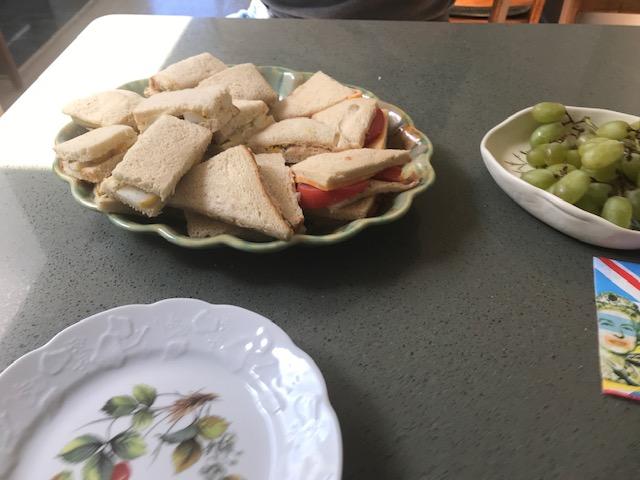
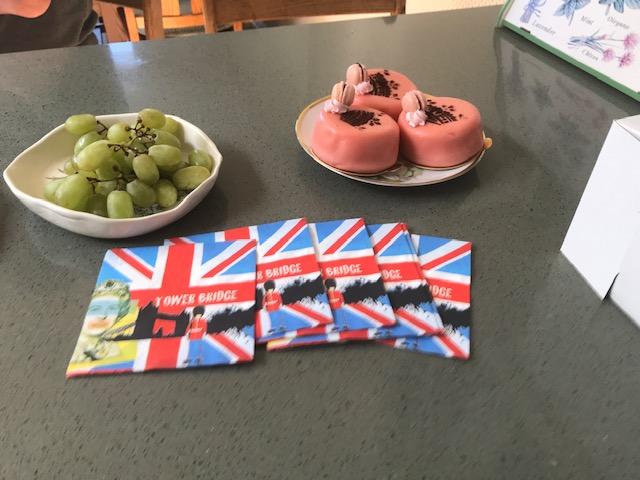
A friend brought short-bread cookies with her insignia.
And I had flowers for the occasion.

It was a moving and historical afternoon, full of pageantry, history and traditions that go back thousands of years. Everyone has probably seen some of the coverage, but here are few photos I want to share.
The crowds lined the entire route from Westminster Abbey to Windsor Castle. They were quiet and respectful. The nation-wide five minutes of silence was especially moving.

If you look closely at the photo below on the left, those are flowers previously left at the palace gates which the royal gardeners re-arranged along the Windsor mile. Also, her horse Emma brought to honor her casket.


It was a long day of viewing, but my anglophile friends and I didn’t fast-forward at all…we wanted to see every moment.
A powerful and momentous day. RIP, your majesty.
